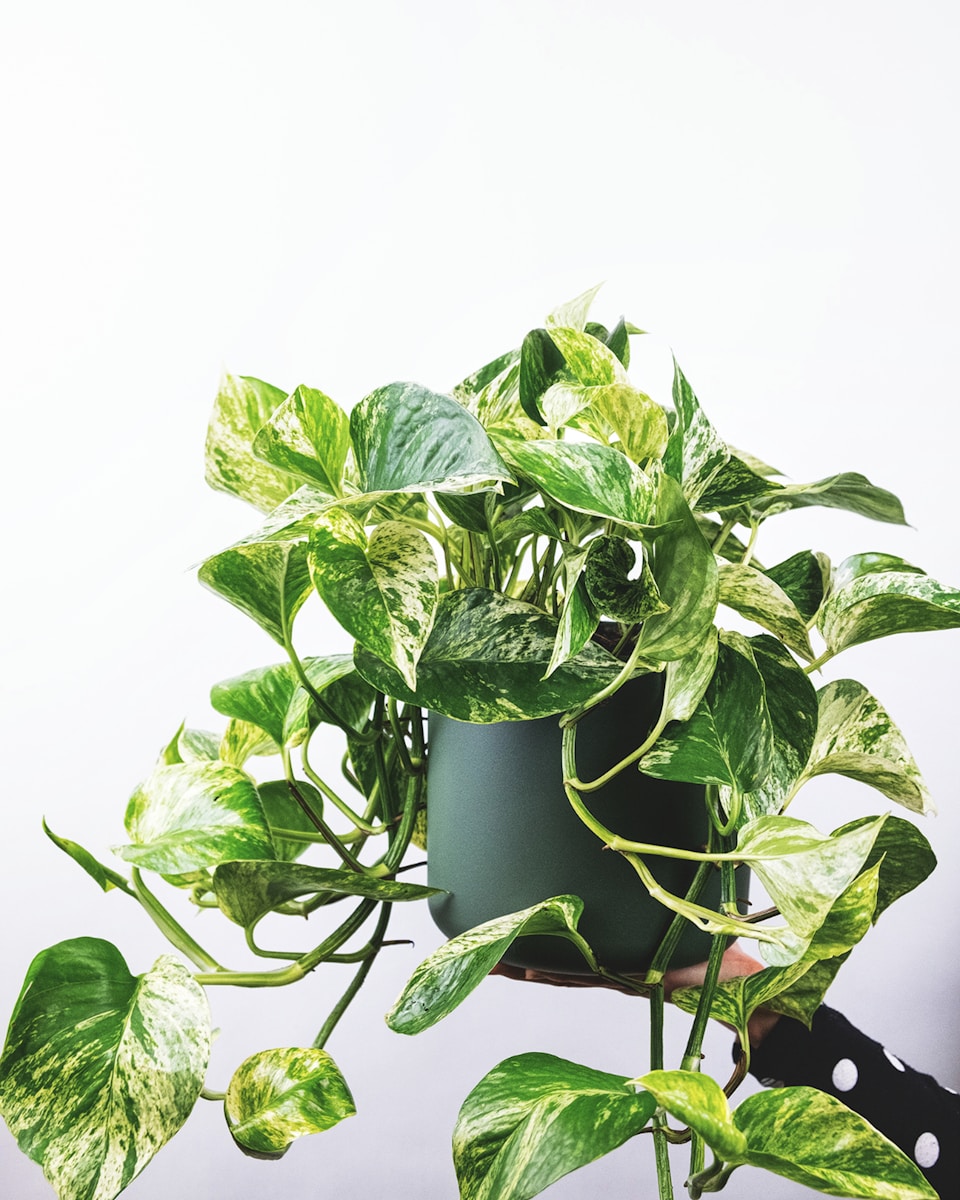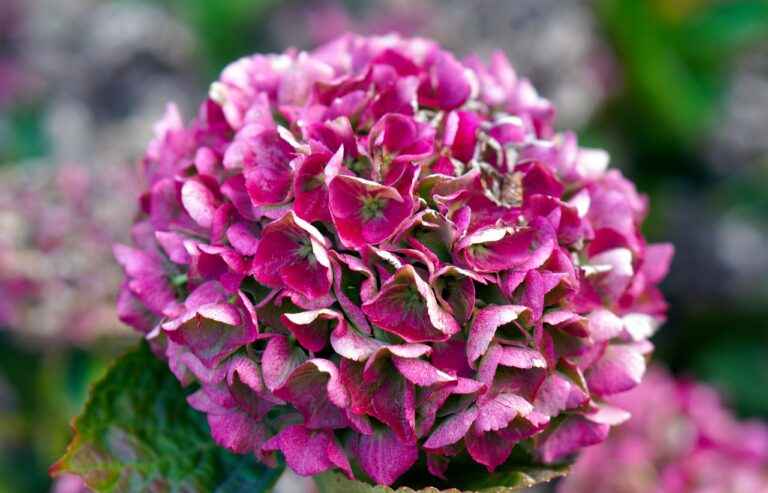The Pothos Plant: Nature’s Perfect Indoor Companion
Introduction
The Pothos plant, scientifically known as Epipremnum aureum, has become one of the most beloved and popular houseplants around the world. Known by several nicknames such as Devil’s Ivy, Golden Pothos, and Money Plant, this trailing vine is admired for its beautiful heart-shaped leaves, its easy care routine, and its ability to thrive in almost any indoor environment. Whether you’re a first-time plant owner or a seasoned indoor gardener, the Pothos plant is likely to be one of the first species you encounter, and for good reason. But beyond its common appearance in homes and offices, the Pothos has a fascinating history, diverse range of varieties, and offers several benefits that make it much more than just a decorative plant.
In this essay, we will explore the Pothos plant in detail—its origin, physical features, growing conditions, care requirements, varieties, benefits, propagation methods, and cultural significance. By the end, you’ll understand why the Pothos plant has earned its place as one of the top choices for indoor greenery and why it continues to captivate plant lovers everywhere.
The Origins and Natural Habitat of the Pothos Plant
The Pothos plant originates from the tropical forests of Southeast Asia, particularly in regions such as the Solomon Islands, Indonesia, and parts of Malaysia. In these native environments, Pothos vines grow along the forest floor or climb trees, using their aerial roots to attach themselves to trunks and branches as they seek out sunlight. Because of their natural habitat, Pothos are incredibly adaptable plants. They are used to surviving in shaded areas under the tree canopy and have evolved to tolerate varying levels of sunlight and moisture.
Over time, the Pothos plant has spread globally, and it now grows wild in many tropical and subtropical regions of the world. In certain places, especially in parts of the Pacific Islands and the Caribbean, it has even been classified as an invasive species because of how easily it grows and spreads, often outcompeting local flora.
Physical Features and Varieties
The classic Pothos plant is known for its trailing or climbing vines and its waxy, heart-shaped leaves. While the typical Golden Pothos displays green leaves streaked with yellow, this plant comes in a surprising range of varieties, each with its own distinct look.
Popular Varieties of Pothos
- Golden Pothos: The most well-known type, with variegated green and yellow leaves.
- Marble Queen Pothos: Features white and green marbled leaves and is slightly slower growing.
- Jade Pothos: Solid green leaves with no variegation, often the most tolerant of low-light conditions.
- Neon Pothos: Bright chartreuse or lime-green leaves that bring a pop of color.
- Cebu Blue Pothos: Known for its silvery-blue, elongated leaves with a shimmering effect.
These variations make the Pothos plant a versatile choice for any indoor setting. Whether you prefer a lush, deep green or a variegated splash of white and yellow, there is a Pothos variety to suit your taste.
Ideal Growing Conditions
One of the biggest reasons for the popularity of Pothos plants is their adaptability. While they thrive in bright, indirect light, they can also tolerate low-light conditions, making them ideal for offices, apartments, and rooms with limited sunlight. However, the level of light they receive will affect the intensity of their leaf coloration. For example, variegated varieties may lose some of their patterns if kept in very dim spaces.
Basic Care Guidelines
- Light: Bright, indirect sunlight is ideal, but they can survive in low light.
- Water: Water when the top inch or so of soil feels dry. Overwatering is the most common way to harm a Pothos.
- Temperature: They prefer temperatures between 65°F and 85°F (18°C–29°C).
- Humidity: Pothos tolerate normal household humidity but appreciate higher humidity if available.
- Soil: A well-draining, general-purpose potting mix works well.
The Pothos plant is forgiving and can survive neglect better than most houseplants. Missing a watering or forgetting to fertilize will rarely cause long-term damage, making it the perfect plant for beginners or those with busy lifestyles.
Benefits of Owning a Pothos Plant
Beyond their beauty and ease of care, Pothos plants provide several additional benefits.
1. Air Purification
Studies, including those from NASA, have shown that Pothos plants can help remove harmful toxins from the air. Chemicals such as formaldehyde, benzene, and carbon monoxide, which are common in indoor environments, can be absorbed by Pothos leaves, improving air quality.
2. Mood Booster
Plants have been shown to reduce stress and increase productivity. Having greenery like Pothos around your home or workspace can create a calming atmosphere.
3. Versatile Decoration
Pothos plants are incredibly flexible when it comes to styling. They can hang from baskets, climb trellises, trail from shelves, or sit happily in pots on tables. Their vines can easily reach several feet long, making them dramatic statement pieces.
4. Low Maintenance
Perhaps their greatest appeal, Pothos require minimal care. Their ability to tolerate less-than-ideal conditions means they thrive where more delicate plants would fail.
Propagation: Growing More Pothos Plants
Another reason Pothos plants are so popular is that they are incredibly easy to propagate. If you have one healthy vine, you can create new plants from simple cuttings.
Steps for Propagation
- Cut below a node (the place where a leaf and aerial root join the stem).
- Place the cutting in water, ensuring the node is submerged.
- Within a few weeks, roots will start to grow.
- Once roots are about 2-3 inches long, transplant the cutting into soil.
This process is so straightforward that many people find themselves sharing Pothos cuttings with friends and family or growing entire new plants from pruned vines.
Common Problems and How to Avoid Them
While Pothos plants are generally trouble-free, a few issues can arise.
- Yellowing Leaves: Often caused by overwatering. Make sure the plant isn’t sitting in soggy soil.
- Leggy Growth: Occurs when the plant is not getting enough light. Move it closer to a brighter location.
- Pests: Occasionally, pests like spider mites or mealybugs may appear. Wipe down the leaves and treat with insecticidal soap if needed.
With regular monitoring and minor adjustments, these problems are easy to manage, ensuring your Pothos stays healthy and vibrant for years.
Cultural and Symbolic Significance
In some cultures, the Pothos plant is associated with prosperity and good luck. It is often gifted at housewarming events or when someone is starting a new chapter in life, such as moving to a new home or beginning a new job. Because of its fast growth and resilience, it symbolizes endurance and progress, making it an inspiring plant to keep around.
Conclusion
The Pothos plant is far more than just a common houseplant. It is a symbol of nature’s adaptability and resilience, thriving in conditions where others may struggle. Its ability to grow with minimal care, combined with its stunning variety of colors and forms, makes it one of the most versatile and rewarding plants to own.
Whether you’re looking to add greenery to your home, improve your indoor air quality, or simply experience the joy of caring for a living thing, the Pothos plant is an excellent choice. With proper care, a Pothos can live for 10 years or more, providing continuous beauty and life to your indoor spaces. This enduring vine has certainly earned its place as a favorite around the world and will continue to bring joy to plant lovers for generations to come.







